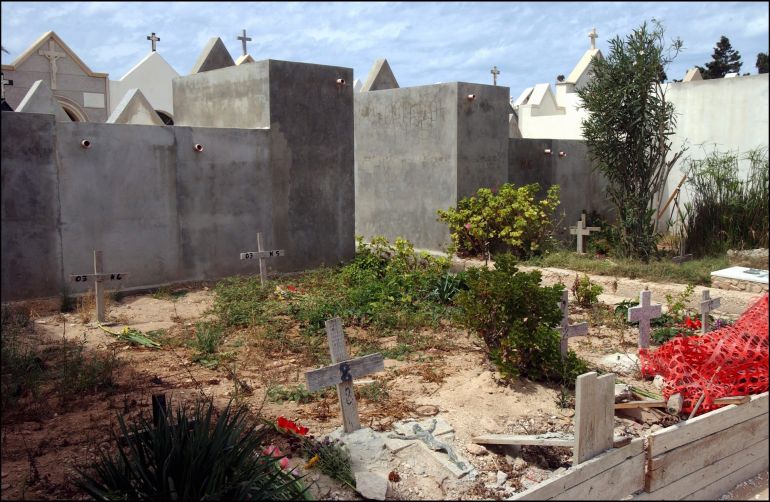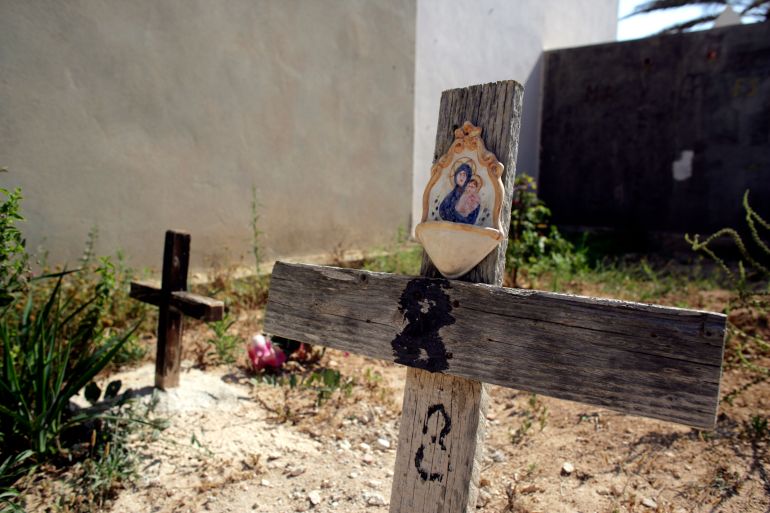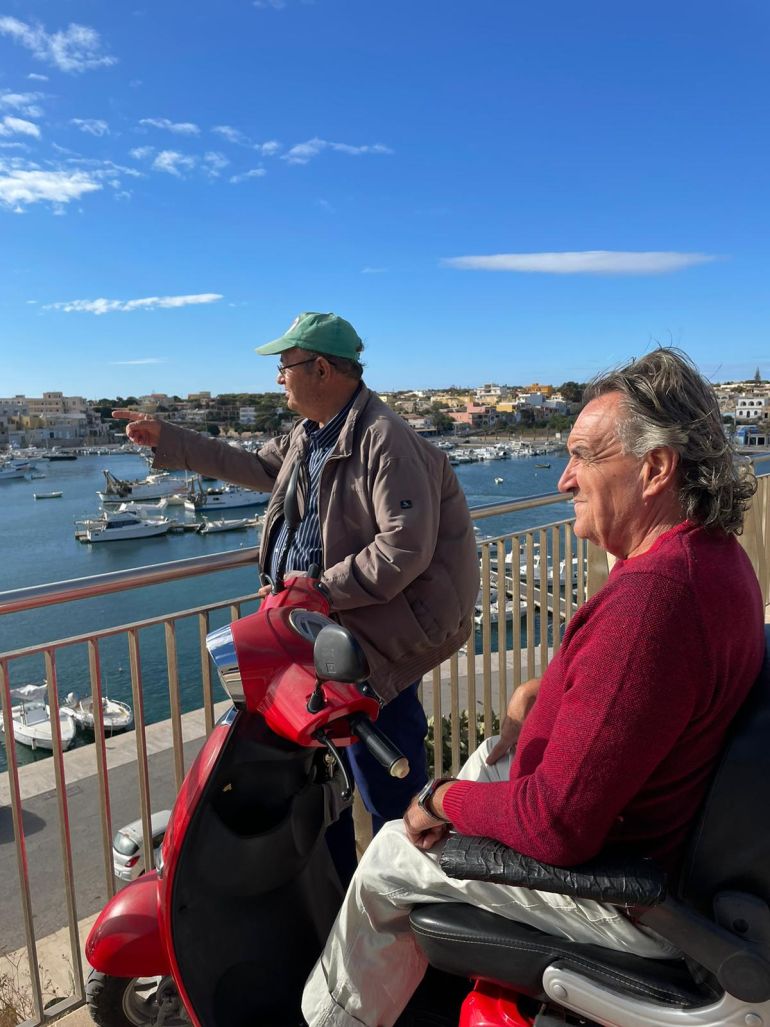
THE credibility of global media organisations such as the BBC, CNN, SkyNews and even progressive newspapers such as the UK’s Guardian appears to be in tatters as their editorial policies were found seriously wanting in the aftermath of Israel’s massively disproportionate response to the Hamas’s break-out last month from Gaza and attack on Israel that killed 1,200 people, including some 400 soldiers.
Hamas militants also took some 250 hostages from Israel back to Gaza with them as, they said, they needed leverage to secure the release of some of the 8,000 Palestinians in Israeli jails, over 1,000 of whom, mostly women and children, have never been charged and are detained — I’d say held hostage — on what are called ‘administrative orders’.
Israel’s enraged and blind carpet bombing of Gaza City and other northern parts of the Strip has seen a staggering 14,000 Palestinians killed, over 60 per cent of them women and children, while Western powers led by the US and dutifully followed by UK, Germany and others supported Israel’s mass murder, even genocide, by saying it was exercising its right to self-defence.
To start with, tragically, many of these organisations mirrored their governments’ view that seemed to suggest that the root of the Middle East conflict dated back to Oct 7, 2023, and not as far back as the Nakba in 1948 that saw the mass expulsion of Palestinians from their ancestral land.
Even colleagues are seen as children of a lesser god by some of our Western media outlets.
Since their own governments were endorsing the Israeli occupiers’ view, the media organisations ended up echoing the latter’s propaganda. Take, for example, the numbers of those killed in Gaza, which was always attributed to the ‘Hamas-controlled’ health authority, so as to create doubt about them. This when, from Amnesty International to Human Rights Watch to smaller organisations working in Gaza, all said Hamas figures were always accurate and not dodgy at all. Ironically, the only figure that was revised was the initial Israeli figure of 1,400 killed by Hamas to 1,200. The initial number as well as the revised one has been carried by the media without any attribution except for the day the revision happened.
This revision happened because the Israelis said that some of the charred bodies recovered from the kibbutz that Hamas attacked were assumed to be those of Israelis, but later, forensics tests and analyses made clear those belonged to Hamas fighters.
Despite this admission, the global media did little to cover stories on credible websites, even an eyewitness testimony on Israeli radio that Israeli tanks had fired at houses where Hamas were holding Israelis hostage and many died in such explosions and the resultant raging fires.
Similar treatment was reserved for Israeli Apache (gunship) helicopter pilots’ statements, in which one reserve lieutenant-colonel said they were following the ‘Hannibal directive’ whereby they fired at any vehicle they suspected of carrying hostages.
You only have to google some of these instances to learn more but you can be sure very little of it would have figured in Western mainstream media. This is not to say for a moment that Hamas militants did not attack, kill and take Israelis hostage, among them soldiers, civilians, elderly women and children. They did.
Also, look at the coverage of Israel’s targeting of journalists and their families in Gaza. Declan Walsh, the respected New York Times journalist, in a tweet called our Gaza colleagues ‘titans’ of the profession. They disregarded the danger to their lives and reported on the Gaza genocide.
You may have read/heard of the killing of the family of the stoic Al Jazeera correspondent in Gaza. But, like me, you’d have learnt of the targeted killing of at least 60 journalists by Israel and some of their families in precision bombing runs by the occupation air force via social media. Even colleagues are seen as children of a lesser god by some of our Western media outlets.
With Israel’s wanton targeting of the civilian population in Gaza and the images of slaughtered, bloodied babies reaching the world only because of the heroic and selfless reporting by our valiant colleagues, the tide of blind Western governmental support to the genocidal ultra-right wing Netanyahu-led government is slowly turning.
The Spanish and Belgian prime ministers have categorically said enough is enough. Spain’s Pedro Sánchez appointed a Valencian-born Palestinian with family in the West Bank to his cabinet. Sira Abed Rego is on record saying after Oct 7 that Palestinians have the right to defend themselves against occupation. Sánchez has called Israel’s response excessive and called for a two-state solution, while vowing to recognise Palestine.
Opinion polls in the US and UK are suggesting that parties and candidates who have given Israel carte blanche to carry out mass murder in Gaza are alienating a chunk of their voters. Given Joe Biden’s slim victory margin over Donald Trump in the last presidential election, if he does not address his ‘pro-ceasefire’ voters’ concerns and wins them back by this time next year, he will be in serious trouble.
Israel and its Western supporters both in and out of government, bring to bear enormous pressure on the media. It takes steadfast, surefooted editors and those running editorials in various organisations to steer a path based purely on objective considerations. Impartiality is vital to the long-term credibility and, therefore, good health of the media in a highly competitive marketplace.
As it is, social media is making inroads into the monopolistic space enjoyed by traditional media, and though each one of us has often complained about the volume of toxicity on social media platforms, there are many around the world who are grateful for these in this case because without them, perhaps, the full horror of the Gaza genocide may not have emerged.
Despite large and established media organisations’ dereliction of duty, notwithstanding occasional flashes of brilliance by conscientious journalists breaking their shackles and reporting facts, it was largely social media platforms that helped stem the tide and even turn it somewhat.
If we’re lucky we’ll see traditional media following suit for self-preservation, if nothing else.
The writer is a former editor of Dawn.
abbas.nasir@hotmail.com
Published in Dawn, November 26th, 2023
Muhammad Ali Siddiqi
A news item in Dawn’s issue of Oct 13 wasn’t really needed. It informed the readers that Britain had decided to send two naval ships and surveillance aircraft to the eastern Mediterranean to “support Israel and regional stability”.
As history tells us, if there is any country that is solely and unequivocally responsible for the slaughter that is going on in Gaza, it is Britain. By issuing the Balfour Declaration and handing over Palestine to the Jewish minority, Britain paved the way for the massacre happening now and has been ongoing since 1917, not just in the “Eastern Mediterranean” but also between the “river and the sea”, for that is how the Palestinians identify their country — from the Jordan River to the Mediterranean.
In elaborating the Balfour criminality, and dwelling on the crafty language, where every clause was duplicitous, I will be taking readers along the beaten track which scholars have traversed for more than a century.
There will be nothing new in what follows but it deserves to be repeated as long as Palestine remains in bondage. The most farcical part of the declaration is an ‘appeal’ that “nothing shall be done which may prejudice the civil and religious rights of existing non-Jewish communities in Palestine, or the rights and political status enjoyed by Jews in any other country”.
Normally, it is a majority to which pleas are made for safeguarding the interest of a minority, but here a minority — the Jewish minority — is being requested to safeguard the interests of the non-Jewish majority.
Over a century ago, Britain paved the way for the Gaza killings.
In 1917, the Jews formed six per cent of the Palestinian population. However, if you include foreign settlers, especially German who had settled in Palestine because of the friendly relations between the Ottoman and Germanmpires, the Jewish population comprised 13pc.
This means it had already been decided that Palestine would be turned into a Jewish majority territory under the British Mandate. (‘Mandate’ needs a separate discussion). In this appeal to a minority, concern is being expressed for the “civil and religious rights of existing non-Jewish communities [read: Arabs] in Palestine”.
Here the words “political rights” have been avoided, but when it comes to the followers of the Judaic faith, the declaration makes clear that nothing shall be done which may prejudice the “rights and political status [emphasis added] enjoyed by Jews in any other country”.
The declaration was made in the form of a letter by British foreign secretary Arthur Balfour to Lord Rothschild, who was requested by Balfour to “bring this declaration to the knowledge of the Zionist Federation”. (Incidentally, it was also a Rothschild who in the 19th century had given money to British prime minister Benjamin Disraeli to purchase shares of the Suez Canal).
Having secured Palestine by defeating the Turks militarily, Britain’s task was how to handle(read: dispose of) Hussain bin Ali, the Sharif (governor) of Makkah, who had revolted against Turks under the leadership of T.E. Lawrence and was now waiting for Britain to fulfil its promise and make him the king of the Ottoman Empire’s Arab territories. That he expected Palestine to be part of his kingdom was never accepted by Britain, because the British government insisted that they never promised Palestine to Hussain.
Getting rid of the former governor of Makkah was less problematic, because Abdul Aziz bin Saud knew well the British wanted Hussain out of the picture. The Saudis obliged, captured the Hejaz and made Hussain run. As a sop, however, Britain made one of his sons, Faisal, king of Iraq and Abdullah the king of a newly created country called Jordan.
Even though they installed two of Hussain’s sons as kings, Britain said they would stay on in Iraq because they had been given a mandate by the League of Nations to do so in order to prepare the natives for governance. Sidekick France applied the same principle with some variation and gobbled up Syria after taking Lebanon away from Syria and creating a country.
This was all part of the infamous Sykes-Picot treaty which Britain and France had kept secret to cheat their Arab allies.
That the spirit of the Balfour Declaration is alive was to be seen on London streets 106 years later when police warned pro-Palestinian demonstrators that anyone “showing support” for Hamas could be arrested.
The naval ships which Britain sent to the Eastern Mediterranean were of no military value; they were meant to remove any misgivings Israel and the powerful Zionist lobby back home might have with regard to Britain’s continued loyalty to Israel
It is America which is now Israel’s guardian angel; in reality though America has to obey what the powerful Zionist lobby in the US — nay in the West — orders.
The writer is Dawn’s external ombudsman and an author.
Published in Dawn, November 28th, 2023
Neocolonial agenda
Javid Husain
UNDENIABLY, Israel was created primarily as an outpost of the US-led West in the heart of the Middle East for serving a neocolonial agenda aimed at projecting power in the region and maintaining a stranglehold on energy resources and vital trade routes.
The Zionist movement indeed played its role in the establishment of Israel. However, this goal would have remained a mere dream but for the political, military, and economic support of the US and other Western countries.
It was for this reason that the West, despite its strong commitment to the goal of nuclear non-proliferation, looked the other way while Israel was engaged in the development of its nuclear-weapon programme. It is against this background that the recent tragic developments in Gaza and the West Bank need to be analysed.
World War II, which caused unprecedented loss of human life and material destruction, also led to the unintended result of the dismantling of European colonial empires, resulting in the emergence of the former colonies as independent countries in Asia and Africa in the exercise of the right of self-determination of their peoples.
Thereafter, Western countries resorted to the use of political, economic, cultural, and covert means to control the policies of liberated countries and exploit their resources, giving rise to an era of neocolonialism. This phenomenon in different ways continues to inform the policies of the US-led West in its dealings with the Global South.
Developments in Gaza cannot be viewed in a vacuum.
The Middle Eastern countries, many of which had remained under the British and French control in the aftermath of World War I, have, in particular, been the victims of the neocolonial policies of the US-led West.
The US desire to dominate the region was reflected in the overthrow of the government of the Iranian prime minister Mohammad Mosaddegh in 1953, support to Israel’s expansionism in and military occupation of Palestinian territories, its policies of ‘divide and rule’ in the Middle East, its overt and covert interventions in the region, and its military bases in various Middle Eastern countries.
It is hardly surprising, therefore, that the US was the first country in 1948 to recognise Israel, which is viewed by the US-led West as the most important asset for the protection of its interests in the Middle East. Additionally, Israel serves as an outpost of the Western civilisation in the region.
A recent example of the US support to Israel was the vote in the UN General Assembly last month on a resolution calling for an “immediate, durable and sustained humanitarian truce” in Gaza to provide humanitarian assistance to the people of Gaza.
The resolution was adopted by 121 votes in favour, 14 against and 44 abstentions. It is noteworthy that the US was among the small minority of nations which voted against the resolution.
Developments in Gaza cannot be viewed in a vacuum, as rightly pointed out by the UN Secretary General. The Hamas attack of Oct 7 was the direct consequence of the suffocating military occupation of Gaza by Israel for 56 years.
Israel’s genocidal response, which has inflicted collective punishment on the people of Gaza through indiscriminate bombings, military raids, and restrictions on the provision of humanitarian assistance, amounts to war crimes and crimes against humanity, besides being a blatant violation of international humanitarian law. Israel must be held accountable for the thousands of Palestinian civilians, including women and children martyred and the huge material destruction caused in Gaza by its criminal assaults.
The need of the hour is for the international community to take steps to provide badly needed humanitarian assistance to the people of Gaza, and initiate the process for a just peace settlement between Israel and the Palestinians.
While a four-day truce is in place now, it is a pity that the US and some other Western countries prevented the UN Security Council from ordering an immediate ceasefire, betraying their double standards in dealing with human rights and humanitarian issues. However, it is not surprising, considering the umbilical relationship between Israel and the Western neocolonialism under the US leadership.
It remains to be seen whether the rest of the international community, especially the Arabs and the Muslim world, can generate enough pressure on the US-led West to modify its position in the right direction.
Unfortunately, the chances of that happening anytime soon are remote, primarily because of the weakness and disunity of the Muslim world as reflected in the irresolute outcome of the recent OIC-Arab League summit.
The writer is a retired ambassador and author of Pakistan and a World in Disorder — A Grand Strategy for the Twenty-First Century.
javid.husain@gmail.com
Published in Dawn, November 25th, 2023






 Via Roma, the main street on the small island of Lampedusa, south of Sicily, on September 25, 2023 [Tiziana Fabi/AFP]
Via Roma, the main street on the small island of Lampedusa, south of Sicily, on September 25, 2023 [Tiziana Fabi/AFP]

